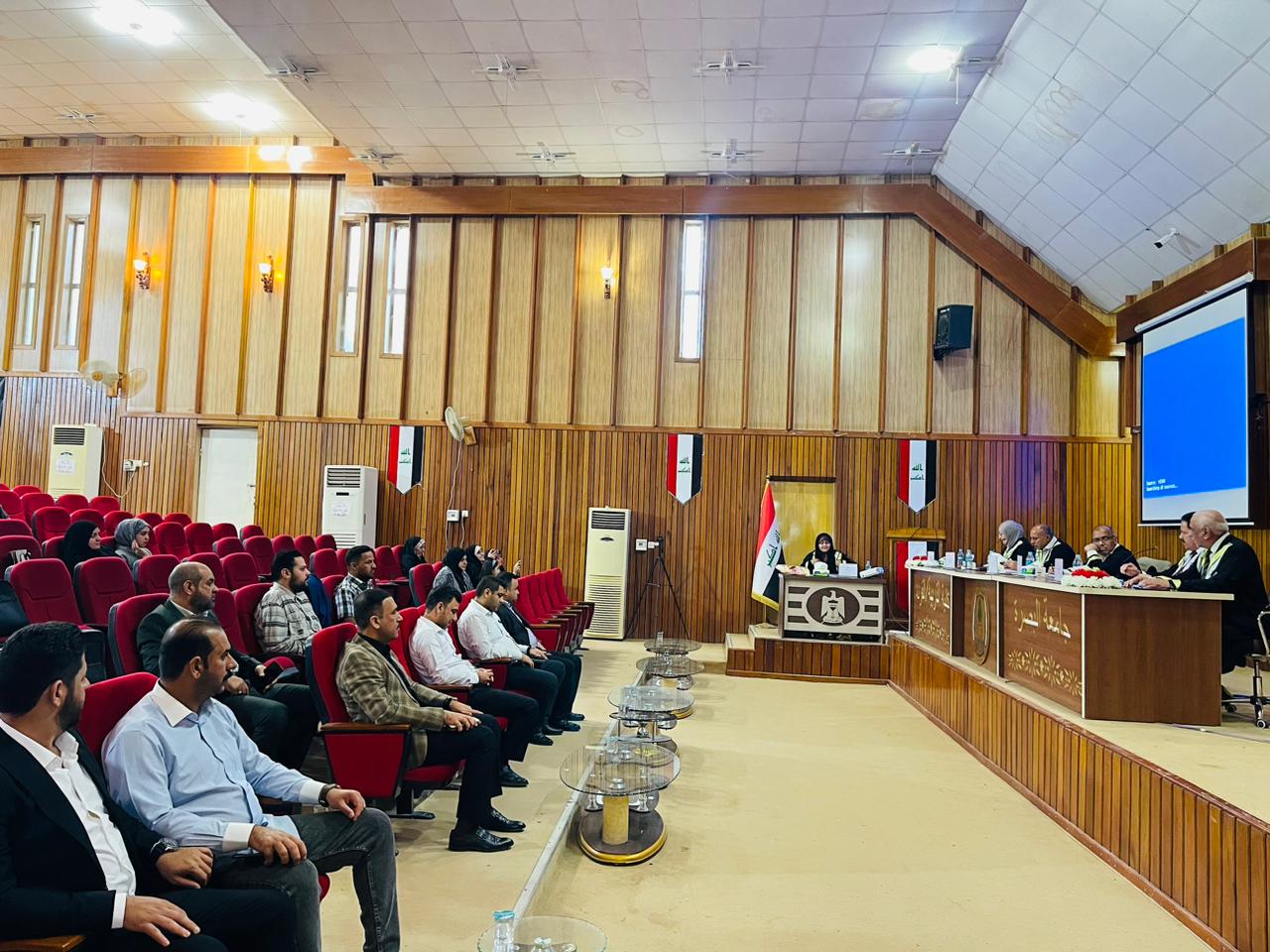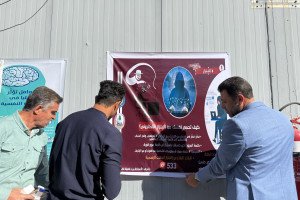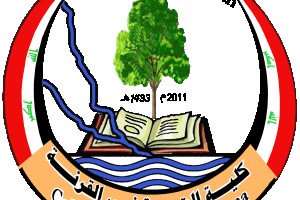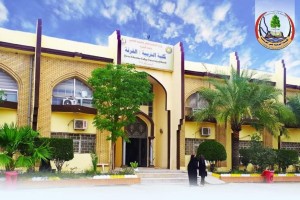
A master's thesis at the University of Basra, College of Education, Qurna, Department of Life Sciences, discussed the study of the physiological and anatomical indicators of the okra plant, Abelmosochus esculentusL.
Under the influence of the hormone persinolide, soil improving polymers, and two different irrigation periods, by researcher Sabah Muhammad Jalil
The study included three factors: the persinolide hormone at three concentrations (0, 3 and 6) mg/L and the polymer petals at concentrations of (0, 50 and 100) g/m2 of soil, and two irrigation periods (3 and 6) days.
Treating the okra plant with the hormone persinolide and hydrogel polymer has improved the nutritional value of the pods, vegetative, chemical and anatomical characteristics, flower growth characteristics and increased production.
Treating the plants with a concentration of 6 mg/L of the hormone persinolide and a concentration of 100 g/m² of hydrogel polymer led to a significant increase in yield characteristics, as the yield reached 7.21 tons/ha, in addition to improving the physiological and anatomical characteristics.
The 3-day irrigation treatment of plants gave the highest yield and improvement in physiological and anatomical characteristics compared to the 6-day irrigation treatment.
The results showed that the double and triple interventions were superior in all the characteristics studied
Treating okra plants with the hormone persinolide and hydrogel polymer led to an increase in the plant’s tolerance to water stress.









